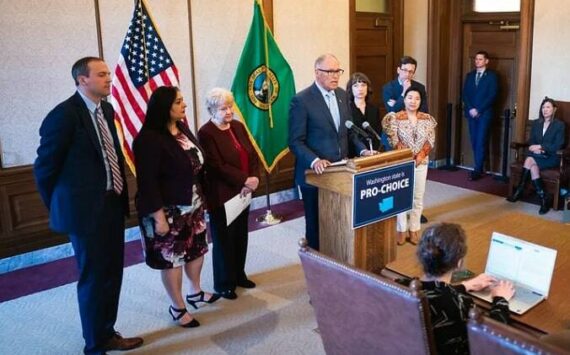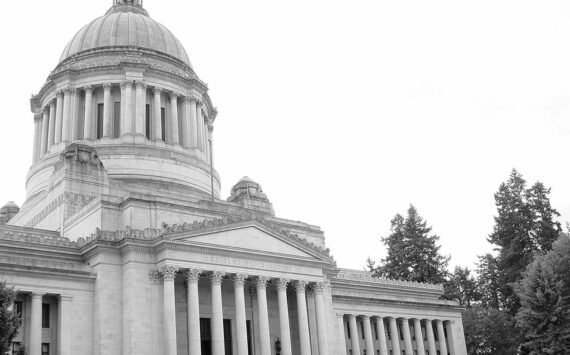OLYMPIA — Workers in Washington would enjoy the best paid family leave benefits in the nation under a tentative accord reached by Democratic and Republican lawmakers late Wednesday.
“We’ve reached agreement on a framework,” Rep. June Robinson, D-Everett, said Thursday. “It will be the strongest policy in the country.”
It’s not a done deal. Details must still be written into legislation and approved by the House and Senate. But legislators involved in the negotiations sounded confident Thursday that the paid-leave program created a decade ago but never implemented will soon get off the ground.
“I’m very pleased with the results of the negotiation,” said Sen. Joe Fain, R-Auburn. “This reflects a compromise that will support growing families, allowing new moms and dads to spend critical time with their children as well as giving individuals facing a temporary disability the time to recover.
“Just as importantly it is a plan that recognizes that the burdens we place on business can have dire consequences if done improperly,” he said. “I hope this compromise will earn strong support from both the labor and business communities.”
Elements of the agreement shared by lawmakers include:
- Employees could take up to 12 weeks of paid leave to care for a new child or ailing family member or up to 12 weeks to recover from a disabling injury, and no more than 16 weeks total if using both. Women with pregnancy complications could take up to two additional weeks for a total of 18.
- Weekly benefits paid to workers would be a percentage of their wages compared with the state’s weekly average wage. Those earning less than the state average would get 90 percent of their income. Those making more would get a slightly higher percentage up to a maximum weekly check of $1,000.
- Employees and employers would pay premiums to fund the program. Payroll taxes raised from workers would cover 63 percent of the program, including 100 percent of the family leave portion. The program would cost a full-time worker earning $20 an hour around $2 a week, lawmakers said.
- Workers would be able to carry benefits from job to job, an aspect known as portability.
- Businesses with fewer than 50 employees would be exempt from paying premiums. However, their workers would still pay into the system and be eligible to receive benefits. Companies that offer paid leave would have a path to opt out of the state-run program.
- Premiums would be collected starting in 2019 and benefits paid in 2020.
Wednesday’s agreement culminates years of efforts and a changing political dynamic.
When Washington lawmakers established the program in 2007 it never got started because lawmakers could not agree on a way to pay the benefits. This year Robinson and Fain each sponsored a paid family leave bill and because both pieces of legislation relied on premiums to cover costs it created an opening for conversations to occur.
Voters also helped by passing an initiative last year to boost the minimum wage. Paid family leave is an even more popular idea, according to polls. That helped business interests to join the conversation on a state-run program designed by the Legislature.
“The minimum wage discussion taught business and labor an important lesson that if you don’t negotiate (in the Legislature), the ballot can be used to pass something more far-reaching,” said Sen. Marko Liias, D-Lynnwood, another one of the negotiators. Lawmakers’ involvement is “critical to getting good policy that both workers and employers get benefits from and can live with.”
Today, only California, New Jersey, and Rhode Island operate paid family leave programs. New York and the District of Columbia have each approved programs and those will come online in 2018 and 2020 respectively. Each of those states rely solely on workers’ payroll taxes to fund their program, Liias said.
This story originally ran in the Everett Herald.







